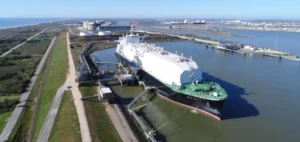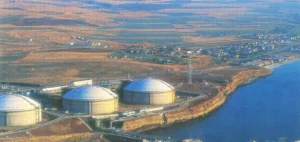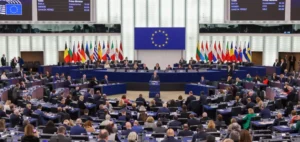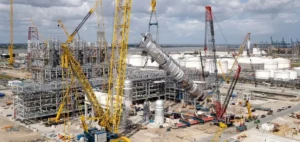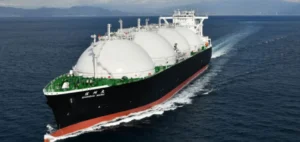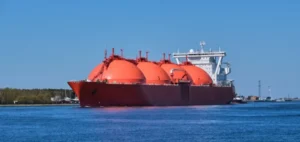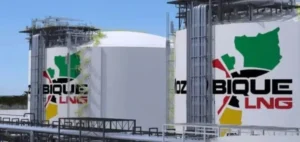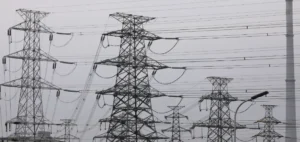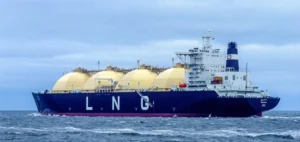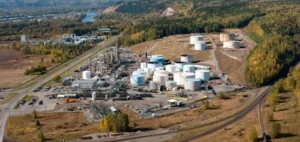Russia faces a notable increase in Chinese demand for liquefied petroleum gas (LPG), a phenomenon driven by current geopolitical tensions between China and the United States. However, Russia’s existing infrastructure struggles to fully meet this increased demand, limiting the country’s capacity to completely replace LPG volumes previously imported by China from the United States. Despite a significant 51% rise in Russian LPG exports to China by rail in the first quarter of 2024, reaching 72,300 tonnes, current logistical constraints hinder rapid growth potential. The Russian oil company Irkutsk Oil Company (INK) notably contributed significantly to this increase from its Ust-Kut facility.
A major logistical challenge
The rapid expansion of rail exports is quickly encountering physical limitations: railway congestion and the limited capacity of Russian trains to transport LPG on a large scale. At present, volumes delivered by rail remain insufficient to fully replace maritime LPG imports from the United States. Thus, despite clear political and commercial intent, existing constraints on Russia’s rail network pose a major obstacle to fully satisfying China’s energy needs.
Moreover, the current absence of a maritime LPG terminal on Russia’s Pacific coast further complicates rapid growth in maritime exports. Present land-based exchanges, primarily rail transport, are thus reaching saturation, restricting market growth potential. This situation is compelling Russian and Chinese stakeholders to actively seek alternative solutions to ensure continuity and expansion of their energy partnership.
Infrastructure projects to overcome constraints
In response to these limitations, Russia has partnered with Chinese investors to establish its first maritime LPG terminal at the port of Sovetskaya Gavan, scheduled to become operational by the end of 2025. This terminal, essential for increasing Russia’s maritime export capacities, aims to relieve pressure on rail networks and facilitate larger and more regular LPG exchanges with China. It will also represent key infrastructure for diversifying and securing energy flows to the broader Asian region.
The Sovetskaya Gavan project is part of a broader joint Russian-Chinese investment strategy, highlighting LPG’s strategic importance amid current Sino-American commercial rivalry. The additional volumes projected from this new terminal should enable Russia to better meet China’s energy ambitions, efficiently utilizing resources available in Siberia and Russia’s Far East. However, until this maritime terminal becomes fully operational, logistical constraints will continue to limit the immediate expansion of bilateral LPG trade.





